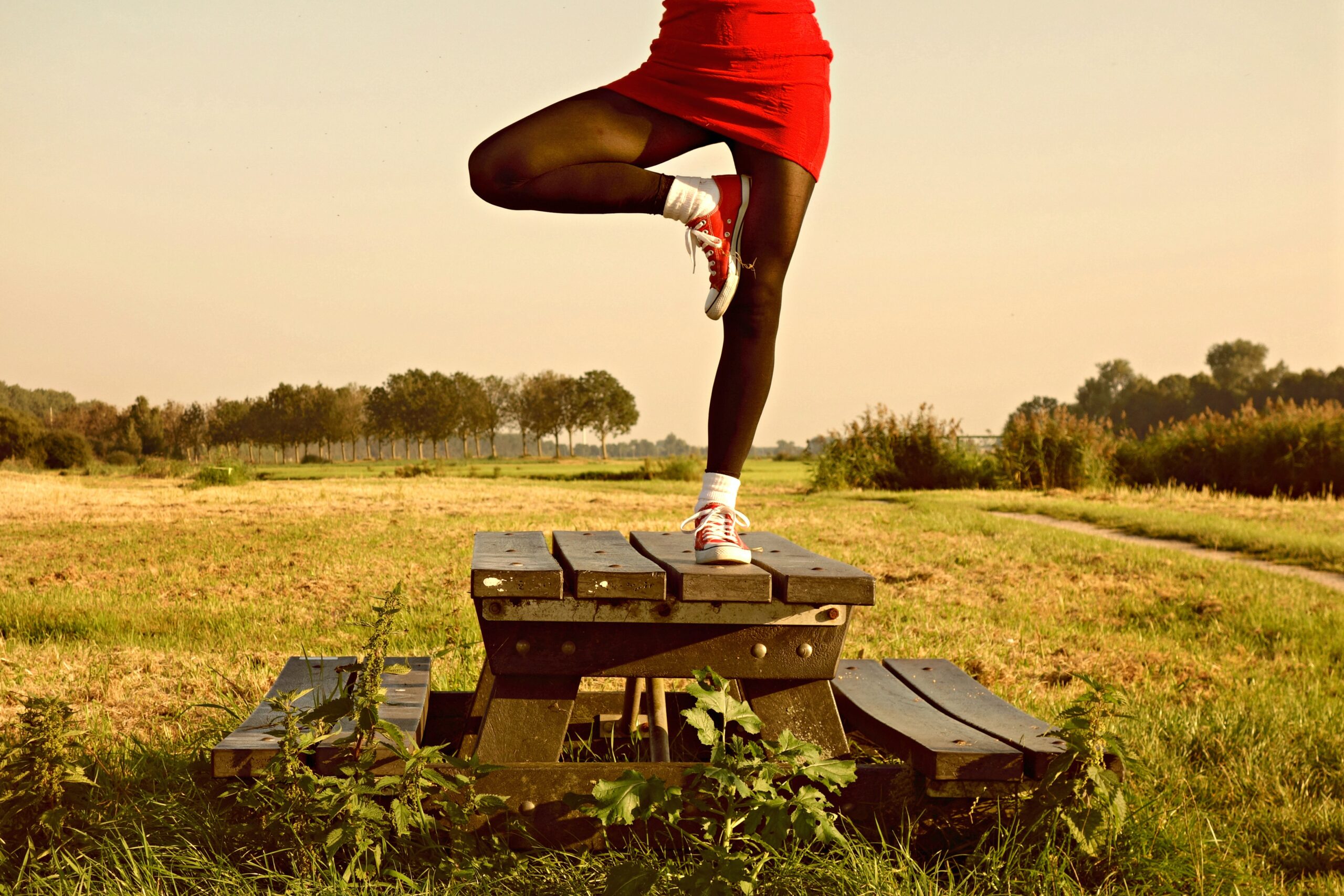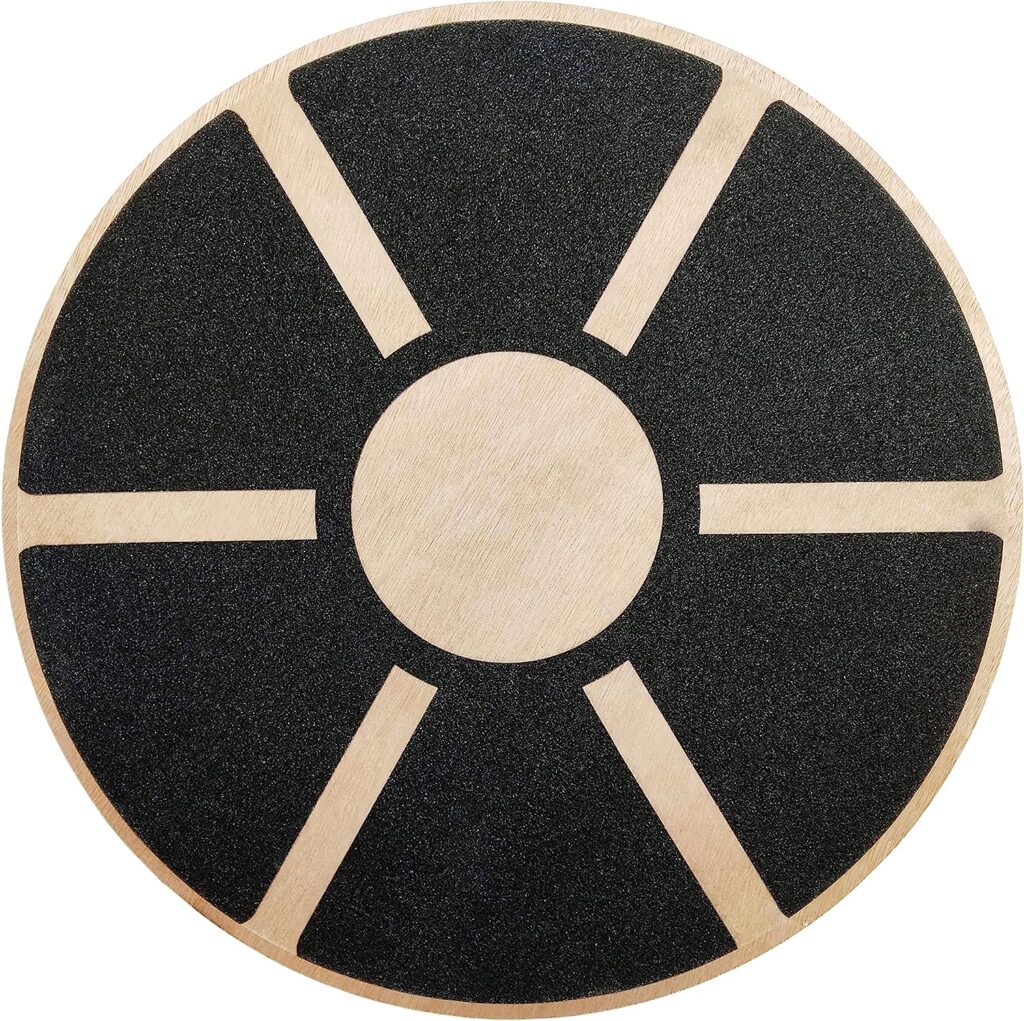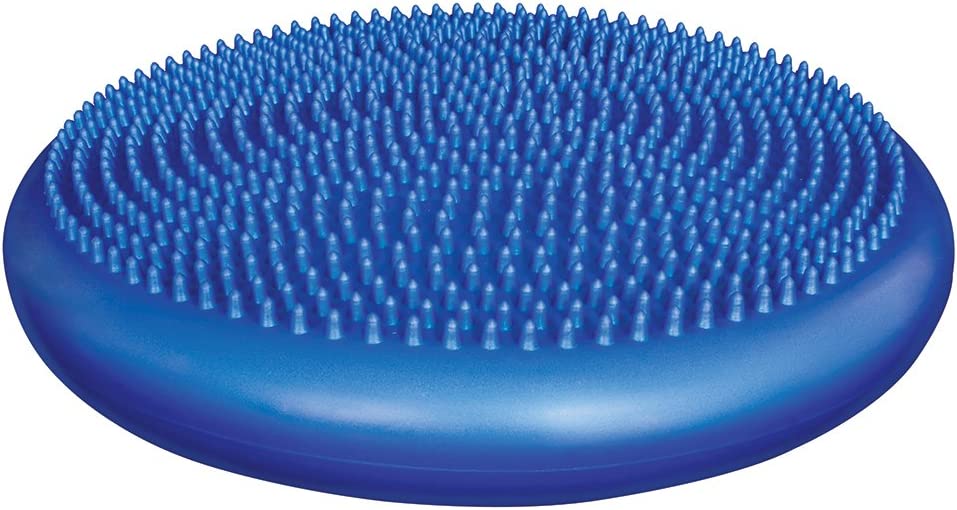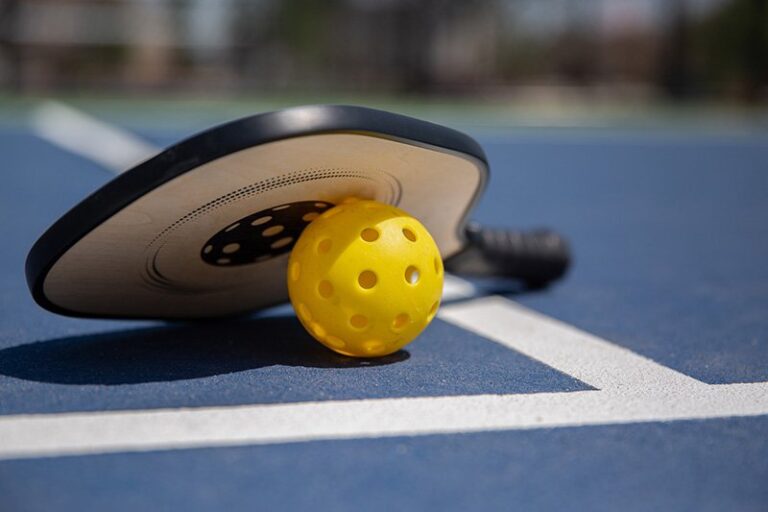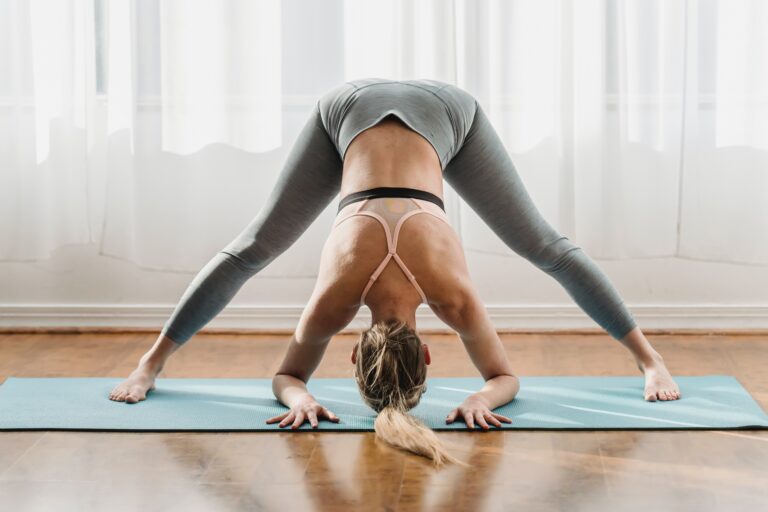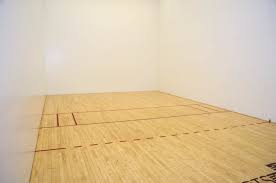Best 3 Pieces of Equipment To Improve Balance
How to improve your balance with special equipment
Stability and Balance
Balance is a fundamental aspect of human movement and plays a crucial role in various aspects of our lives. It is the ability to maintain the body’s equilibrium while performing daily activities or engaging in sports and physical exercises. Having good balance is essential for preventing falls and injuries, especially as we age. It enables us to navigate uneven surfaces, negotiate obstacles, and react appropriately to unexpected disturbances in our environment. Good balance also enhances athletic performance in sports that require agility, coordination, and quick changes in direction.
Beyond physical benefits, balance is closely linked to overall well-being. It promotes proper posture and alignment, reducing strain on muscles and joints, which can alleviate chronic pain and discomfort. Moreover, balance exercises engage and strengthen the core muscles, contributing to better stability and a more efficient movement pattern. Enhanced balance fosters body awareness and mindfulness, helping us develop a deeper connection between our mind and body. It can improve focus, concentration, and coordination, leading to improved performance in various activities, including sports, dance, and everyday tasks. Cultivating balance not only supports physical health but also nurtures mental and emotional well-being, creating a sense of confidence, poise, and harmony in our lives.
Injuries and Balance/Stability
Injuries can have significant implications for balance and stability, affecting our ability to maintain equilibrium and move with confidence. When injuries occur, they can disrupt the intricate systems that contribute to our body’s sense of balance, leading to imbalances in muscles, compromised proprioception, and altered movement patterns. In this regard, understanding how injuries impact balance is crucial for recognizing the challenges individuals face during the recovery process. By identifying these factors, healthcare professionals and individuals can work together to develop targeted rehabilitation strategies that restore strength, address limitations, and reestablish stability for optimal physical well-being. These factors include:
- Muscular imbalances: Injuries often lead to muscle imbalances, where certain muscles become weaker or tighter than their counterparts. This can affect the body’s ability to distribute weight evenly and maintain stability. For example, if you sprain an ankle, the muscles around the ankle joint may weaken, leading to decreased stability and compromised balance.
- Proprioceptive disruption: Proprioception refers to the body’s ability to sense its position and movement in space. Injuries can damage proprioceptive receptors, such as ligaments, tendons, and joint capsules, impairing the body’s feedback system. Without accurate proprioceptive input, it becomes challenging to make precise adjustments to maintain balance.
- Pain and protective responses: Pain resulting from an injury can alter balance and stability. The body’s natural response to pain is often to protect the injured area by limiting movement or shifting weight to unaffected regions. This compensation can throw off the body’s natural alignment and disrupt balance.
- Reduced range of motion: Injuries can lead to reduced range of motion in affected joints or muscles. Limited mobility can affect the body’s ability to perform movements smoothly and can lead to instability or compensatory movements that may compromise balance.
- Psychological factors: In addition to physical effects, injuries can have psychological impacts that influence balance. Fear of reinjury or lack of confidence due to a previous injury can create hesitancy, affecting balance and stability during movements.
It’s important to note that the extent of balance disruption varies depending on the type and severity of the injury. Rehabilitation and proper treatment play crucial roles in restoring balance and stability after an injury.
Example – Ankle/Knee Injuries And Balance
An ankle or knee injury primarily affects the musculoskeletal system and can have secondary effects on other systems involved in balance and proprioception. Here’s an overview of the systems affected by ankle or knee injuries:
- Musculoskeletal system: An ankle or knee injury often involves damage to the ligaments, tendons, or other soft tissues surrounding these joints. Sprained ankles, ligament tears (e.g., anterior cruciate ligament or ACL tear), or meniscus injuries can lead to pain, swelling, reduced joint stability, and impaired movement. Such injuries can directly impact proprioceptive feedback from the injured joint, affecting balance and spatial awareness.
- Proprioception and somatosensory system: Ankle and knee injuries can disrupt proprioceptive input from the affected joint. Ligament tears or damage to sensory receptors within the joint can impair joint position sense, leading to decreased proprioceptive feedback. This can result in challenges maintaining balance, coordination, and accurate joint movement.
- Central Nervous System (CNS): Ankle or knee injuries can also affect the CNS, specifically the way the brain processes sensory input from the injured joint. The brain relies on accurate sensory information to generate appropriate motor responses for maintaining balance and stability. Disruption of sensory input due to an ankle or knee injury can impact the brain’s ability to coordinate and adjust muscle contractions effectively, affecting overall balance control.
- Muscular strength and coordination: Ankle and knee injuries often result in muscle weakness, imbalances, or altered movement patterns due to pain and reduced physical activity. Weakened or imbalanced muscles can compromise joint stability and impact the ability to maintain proper balance during weight-bearing activities.
While the primary impact of ankle or knee injuries is on the musculoskeletal system, the resulting effects on proprioception, CNS processing, and muscle strength and coordination can have a significant impact on balance and stability. Proper rehabilitation, including exercises to improve strength, range of motion, and proprioception, is essential to restore function and address balance deficits following such injuries. Working with healthcare professionals, such as physical therapists, can help develop an individualized treatment plan to optimize recovery and regain balance control.
Balance Rehab Concepts
Rehabilitating balance uses a gradual progression of exercises that target the affected joints, strengthen supporting muscles, and improve proprioception:
- Start with basic stability exercises: Begin by performing simple balance exercises that can be done while standing or sitting. For example, practice weight shifts from side to side or forward and backward. This helps in restoring the body’s ability to distribute weight evenly and improve stability.
- Static balance exercises: Progress to static balance exercises that involve standing on one leg. Start by using a stable surface, such as the unaffected leg or a sturdy support. Gradually decrease reliance on support and increase the duration of balancing on the injured leg. Perform these exercises near a wall or sturdy object for support if needed.
- Dynamic balance exercises: Move on to dynamic balance exercises that challenge your balance while performing controlled movements. Examples include performing squats, lunges, or step-ups while maintaining balance on the injured leg. Focus on proper form and control throughout the movements.
- Perturbation training: Introduce perturbation training, which involves incorporating controlled disturbances or sudden movements to challenge balance. This can include using a wobble board or balance disc that introduces an unstable surface. Start with small perturbations and gradually increase the intensity and complexity of the movements.
- Proprioceptive exercises: Include specific exercises to enhance proprioception and joint position sense. These can involve tracing shapes with your foot, performing ankle circles, or using a balance pad or foam pad to introduce sensory feedback. Progress the exercises by closing your eyes to rely more on proprioceptive input.
- Strength and functional training: Incorporate strength exercises targeting the muscles surrounding the injured joint. Strengthening these muscles helps provide better joint stability and support for balance. Include exercises such as calf raises, heel raises, single-leg squats, and lateral leg raises. Gradually progress in intensity and resistance as tolerated.
- Sport-specific or functional activities: As you regain stability and strength, gradually reintroduce activities specific to your sport or daily functional movements. This could involve agility drills, jumping exercises, or movements that mimic the demands of your desired activities.
Why Use Balance Tools?
Balance tools play a crucial role in retraining balance by providing targeted support, progressive challenges, and feedback during the rehabilitation process. These tools offer stability and support, which is particularly beneficial for individuals with weak or unstable joints, allowing them to regain confidence and gradually build their balance capabilities. By providing a controlled environment, balance tools help individuals develop a foundation of stability and gradually progress to more challenging exercises as their strength and stability improve.
Moreover, balance tools enhance proprioceptive feedback—the body’s awareness of joint position and movement. The unstable surfaces of these tools require constant adjustments in muscle activation and joint positioning, stimulating and improving proprioception. This targeted proprioceptive training allows individuals to restore their body’s ability to sense and respond to changes in balance, which is often compromised after an injury. Additionally, balance tools offer functional training by simulating real-life movements and activities, making the rehabilitation process more specific and relevant to individuals’ daily lives. By practicing on balance tools that mimic the demands of their desired activities, individuals can bridge the gap between rehabilitation exercises and the actual movements they need to perform, improving their overall balance and stability in functional contexts.
In summary, balance tools serve as valuable aids in retraining balance by providing stability, progressive challenges, and proprioceptive feedback. They create a controlled environment for rehabilitation, promote targeted proprioceptive training, and facilitate functional integration. By incorporating balance tools into rehabilitation programs, individuals can effectively restore balance, enhance proprioception, and regain stability, ultimately supporting their overall recovery and functional performance.
Balance/Stability Tools
Balance Board
Balance boards are versatile tools that can help improve balance and stability. They consist of a flat platform on top of a rounded or unstable base. By standing on the platform and maintaining balance, you engage the muscles around the injured joint and improve proprioceptive feedback. Start with a stable balance board and gradually progress to more challenging options with greater instability.
Wobble Board
Wobble boards are similar to balance boards but have a single pivot point, creating a greater degree of instability. Standing on a wobble board requires constant adjustments of the joints and muscles, promoting improved balance control. Use a wobble board under the guidance of a healthcare professional to ensure safety and proper progression.
Balance Disc
Balance discs or pads are inflatable or foam-based tools that provide an unstable surface to stand on. They can be used to challenge balance and improve proprioception. Standing on a balance disc or pad engages the muscles of the lower limbs and core, promoting stability and balance improvement. Begin with a partially inflated disc or a thicker pad and progress to a fully inflated disc or a thinner pad as you improve.
Conclusion
In conclusion, training and improving balance and stability are of paramount importance for overall physical well-being and functional performance. Balance is a fundamental aspect of human movement that influences activities of daily living, sports performance, and injury prevention. By enhancing balance and stability, individuals can experience numerous benefits, including reduced risk of falls, improved coordination, increased body control, and enhanced performance in various physical activities.
A comprehensive balance training program should target the key components of balance, including proprioception, muscular strength, coordination, and sensory integration. Regular balance training helps to optimize the function of the sensory systems involved in balance, such as the vestibular system, vision, and proprioceptors. It also promotes the development of stronger and more coordinated muscles, which are essential for maintaining stability during dynamic movements.
Furthermore, balance training is particularly crucial for individuals recovering from ankle or knee injuries. Ankle and knee injuries often disrupt the proprioceptive feedback from the injured joint and compromise stability. By engaging in targeted balance exercises, individuals can improve joint position sense, regain stability, and restore normal movement patterns. Effective balance training can expedite the recovery process, reduce the risk of reinjury, and promote a safe return to daily activities and sports.
It is important to note that balance training is a lifelong endeavor. Regular practice and progressive challenges are necessary to maintain and further improve balance and stability. Incorporating balance exercises into daily routines and physical fitness regimens can contribute to long-term health, injury prevention, and improved performance in various physical pursuits.
In summary, the importance of training and improving balance and stability cannot be overstated. Whether for injury rehabilitation, athletic performance, or general well-being, investing time and effort into balance training yields significant benefits. By prioritizing balance, individuals can enhance their overall physical function, reduce the risk of falls and injuries, and optimize their performance in daily activities and sports. So, let us embrace balance training as an integral part of our fitness journey for a healthier, more stable, and fulfilling life.
